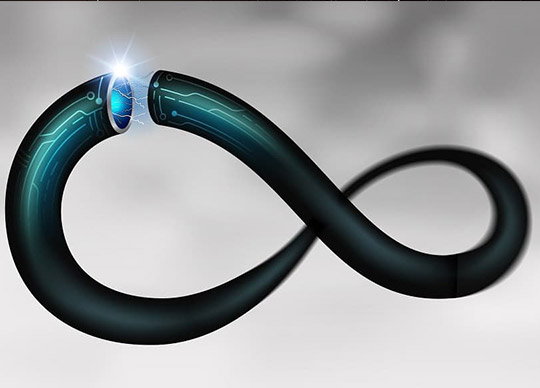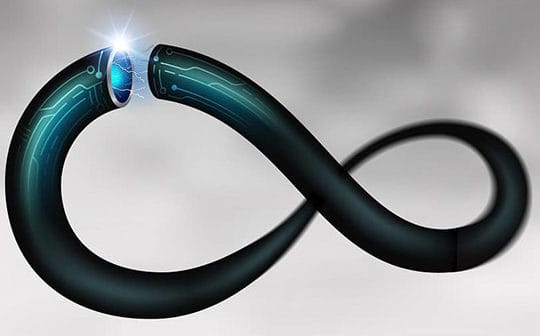
FiberSense and Southern Cross Cable Network (“SX”) has announced a further expansion of the subsea cable monitoring capability in FiberSense’s DigitalAsset Marine.
The announcement follows SX’s recent activation of their new Southern Cross NEXT (“NEXT”) submarine cable connecting Australia, New Zealand, the USA and the Pacific Islands. NEXT utilises DigitalAsset™ Marine coverage on the shore-end network, all the way from the cable landing station to the first repeater.
“Since trialling the monitoring service back in 2019, we’ve been very impressed with the outcomes that the technology the FiberSense team delivers. They’ve added significant detection capabilities, deterrence benefits, and maintenance reductions, especially in the heavily trafficked zones where cables typically land.” said Dean Veverka, Director Networks & VP Operations, Southern Cross.
“A further compelling benefit is that we don’t need to reserve a separate fibre path for the monitoring as the DigitalAsset™ Marine technology operates over an “in-use” fibre pair allowing us to utilise the full potential of the submarine cable for clients. The rest of the submarine sector looks closely at innovations that the Pacific based cable operators are adopting and once again, SX is at the forefront of showing just what further protection measures are possible in operating this critical communications infrastructure.”
Founder and CEO of FiberSense, Mark Englund said “we are now monitoring over 450km of combined terrestrial and marine segments for SX in the Pacific region. We are grateful for the trust and confidence that they have shown in our “market making” services. Our growing customer base reflects the fact that DigitalAsset™ Marine is a game changer in meeting the challenges operators face to improve subsea cable resilience and related maintenance demands. Even when the marine cables are buried and out of sight, our technology reveals the location and nature of potentially damaging events from anchor drag, fishing net entanglement, rock fall and unauthorized tampering. Being able to “see” for the first time these types of events in real-time along the cable allows the cable operator to action mitigation strategies as well as attribution exactly when and where the risk is detected.”
FiberSense can identify and pinpoint threats across the cable front haul section, continuously along the cable and in real-time. This enables a variety of response mechanisms from Automatic Identification System (AIS) messaging to coast guard intervention, and ship to shore radio. Once activated, the FiberSense DigitalAsset™ Marine system detects and locates a vessel. An alarm is posted in real-time if any anchoring event or other aggression event is detected and several mitigation strategies are employed in order to avert a break.
In tandem with AIS integration, FiberSense can aid in assigning culpability, the benefit being that FiberSense still works even if AIS is deactivated. Additionally, FiberSense has developed a world leading capability to detect when a section of cable is uncovered on the ocean floor or is suspended above the ocean floor and is strumming, in real-time by location to meter accuracy. An exposure or strumming event makes the cable much more vulnerable to external damage or a cable fault. In addition to protecting submarine telecommunications and power cable infrastructure, FiberSense is also able to detect and classify earthquake and tsunami events and the material public benefit this will provide at scale.





